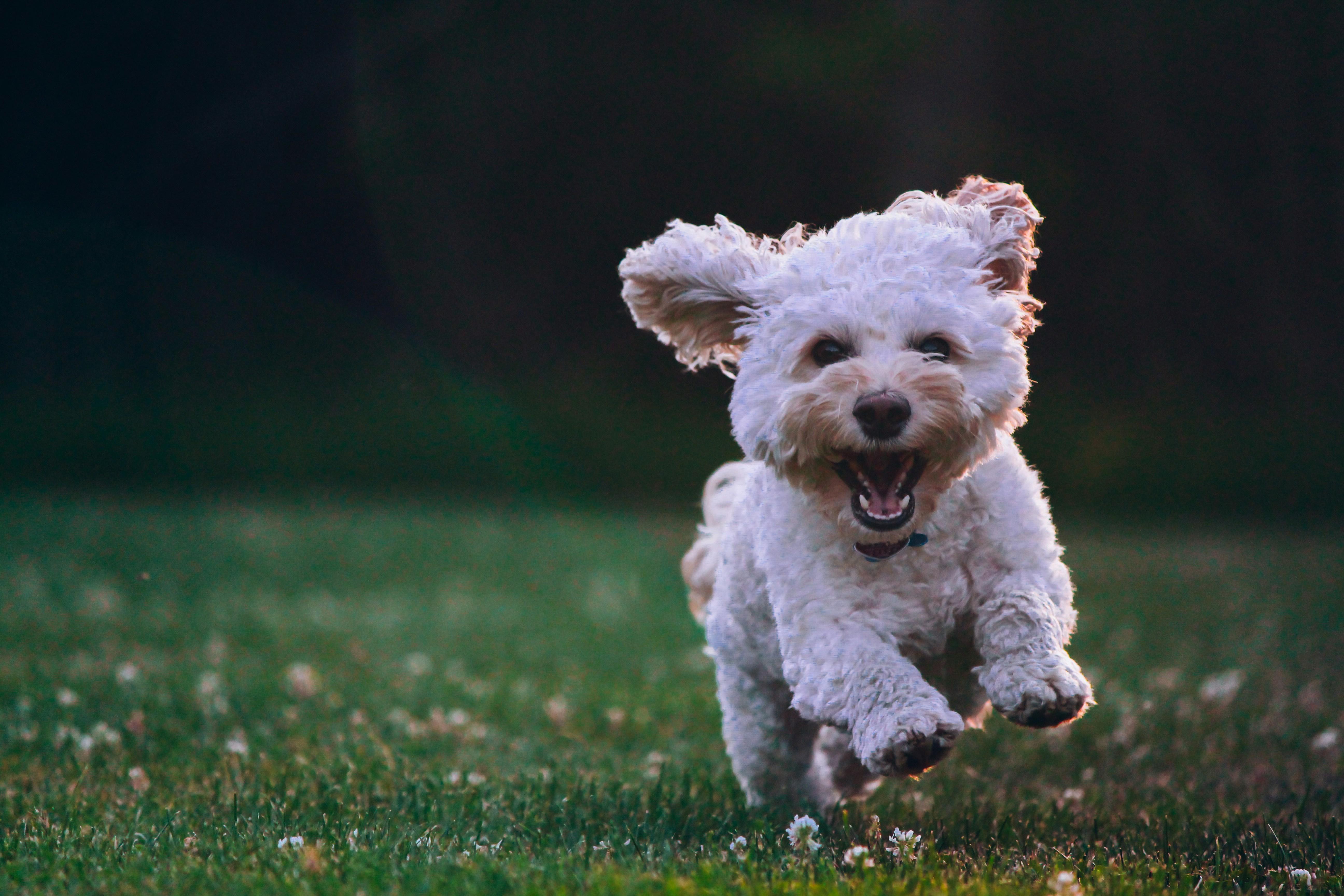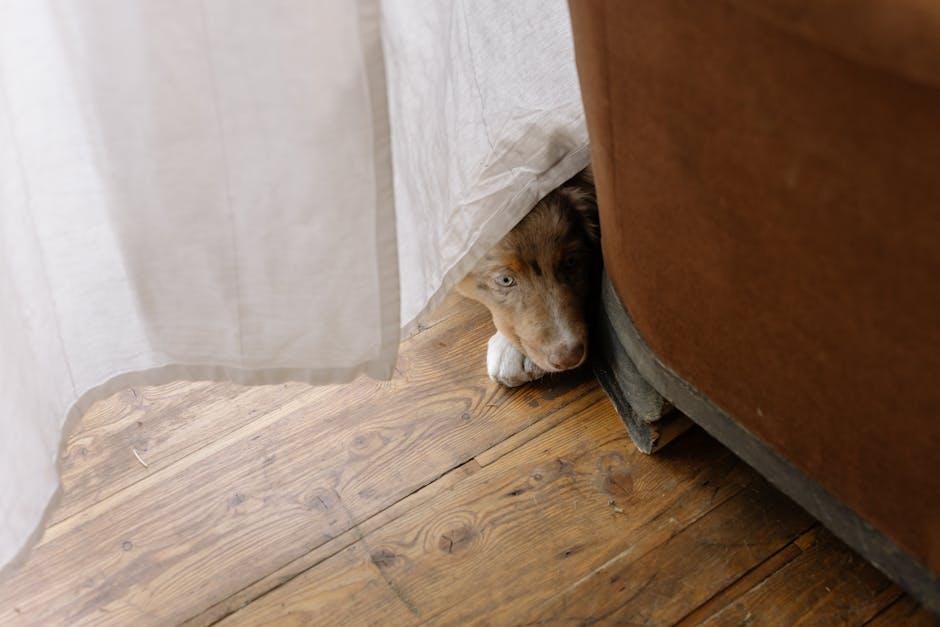How to help a shy dog become more confident in social settings

In a world bustling with energy and interaction, our canine companions often mirror the social landscapes we navigate. Yet, not all dogs stride confidently into the spotlight; some linger in the shadows, their shy demeanor a silent testament to their inner worlds. These gentle souls, with their cautious gazes and tentative steps, may seem like enigmas wrapped in fur. However, beneath their reserved exteriors lies the potential for blossoming into more assured, sociable beings. This article delves into the art and science of nurturing confidence in shy dogs, offering insights and strategies to help them thrive in social settings. Whether you’re a seasoned dog owner or a first-time pup parent, join us on this journey to transform timidity into tail-wagging confidence, one paw at a time.
Understanding Canine Shyness and Its Roots
Shyness in dogs can stem from a variety of sources, each playing a significant role in shaping their behavior. Genetics can be a primary factor, as some breeds are naturally more reserved or cautious. Early socialization, or the lack thereof, also plays a crucial role; puppies that miss out on positive interactions during their formative weeks may grow up to be more withdrawn. Additionally, traumatic experiences or past neglect can lead to a fearful demeanor, making them hesitant in new or unfamiliar environments.
It’s important to recognize the signs of canine shyness to address it effectively. Common indicators include:
- Avoidance of eye contact
- Tucking the tail between the legs
- Hiding behind furniture or people
- Excessive yawning or licking of lips
- Freezing or attempting to escape in social settings
Understanding these roots and behaviors can help pet owners devise strategies to nurture their shy dogs towards becoming more confident and comfortable.

Building Trust: The First Step Towards Confidence
At the heart of helping your shy dog flourish in social settings lies the foundational element of trust. This crucial step involves a gentle, patient approach to building a bond that reassures your dog of safety and love. Start by understanding your dog’s comfort zones and gradually introduce them to new experiences. Remember, consistency is key; regular exposure to social situations can gradually ease anxiety.
- Create a Safe Space: Establish a cozy corner in your home where your dog can retreat if they feel overwhelmed. This can be a bed or a crate, filled with their favorite toys and blankets.
- Positive Reinforcement: Reward your dog with treats and praise when they show signs of courage. This could be as simple as approaching a new person or calmly observing other dogs at the park.
- Slow Introductions: Introduce new people and pets slowly. Allow your dog to approach at their own pace, ensuring they never feel rushed or forced.
- Routine and Rituals: Establish daily routines that your dog can rely on. Familiar activities and schedules can reduce stress and build a sense of security.
By prioritizing trust, you set the stage for your shy dog to grow more comfortable and confident, ultimately transforming social interactions from daunting to delightful experiences.

Socialization Techniques for a Braver Pup
Helping your shy pup gain confidence in social situations can be a rewarding journey for both of you. To begin with, consider introducing your dog to new environments gradually. Start with low-stress settings where there are fewer distractions and other animals. This could be a quiet park or a friend’s backyard. Allow your dog to explore at their own pace and always offer praise and treats for brave behavior. Establishing positive associations with these new experiences is crucial.
Incorporating interactive play and training sessions can also enhance your pup’s confidence. Here are a few techniques to consider:
- Playdates with calm, friendly dogs: These can help your pup learn social cues in a controlled environment.
- Enrichment activities: Use puzzle toys or scent games to stimulate your dog’s mind and build problem-solving skills.
- Basic obedience training: Commands like sit, stay, and come can empower your dog by giving them a sense of achievement.
Remember, patience and consistency are key. Over time, these techniques can transform your timid pup into a more confident and sociable companion.

Practical Tips for Encouraging Positive Interactions
Building your shy dog’s confidence requires patience and the right approach to social interactions. Here are some practical tips to make these encounters more positive and enriching:
- Start Small: Introduce your dog to social settings gradually. Begin with environments that are calm and quiet, such as a friend’s backyard, before progressing to busier areas like parks.
- Observe Body Language: Keep an eye on your dog’s body signals. If they seem stressed, it might be best to remove them from the situation. Look for signs like tucked tails, flattened ears, or excessive panting.
- Positive Reinforcement: Reward your dog with treats or praise when they exhibit calm and friendly behavior during interactions. This will help them associate social settings with positive experiences.
- Controlled Interactions: Arrange playdates with well-behaved, gentle dogs. This controlled setting allows your shy dog to learn social cues without feeling overwhelmed.
- Respect Their Pace: Every dog is different, and some may take longer to adjust. Be patient and allow your dog to explore social settings at their own speed.
Implementing these strategies can foster a more confident and sociable companion, making outings more enjoyable for both you and your dog.



